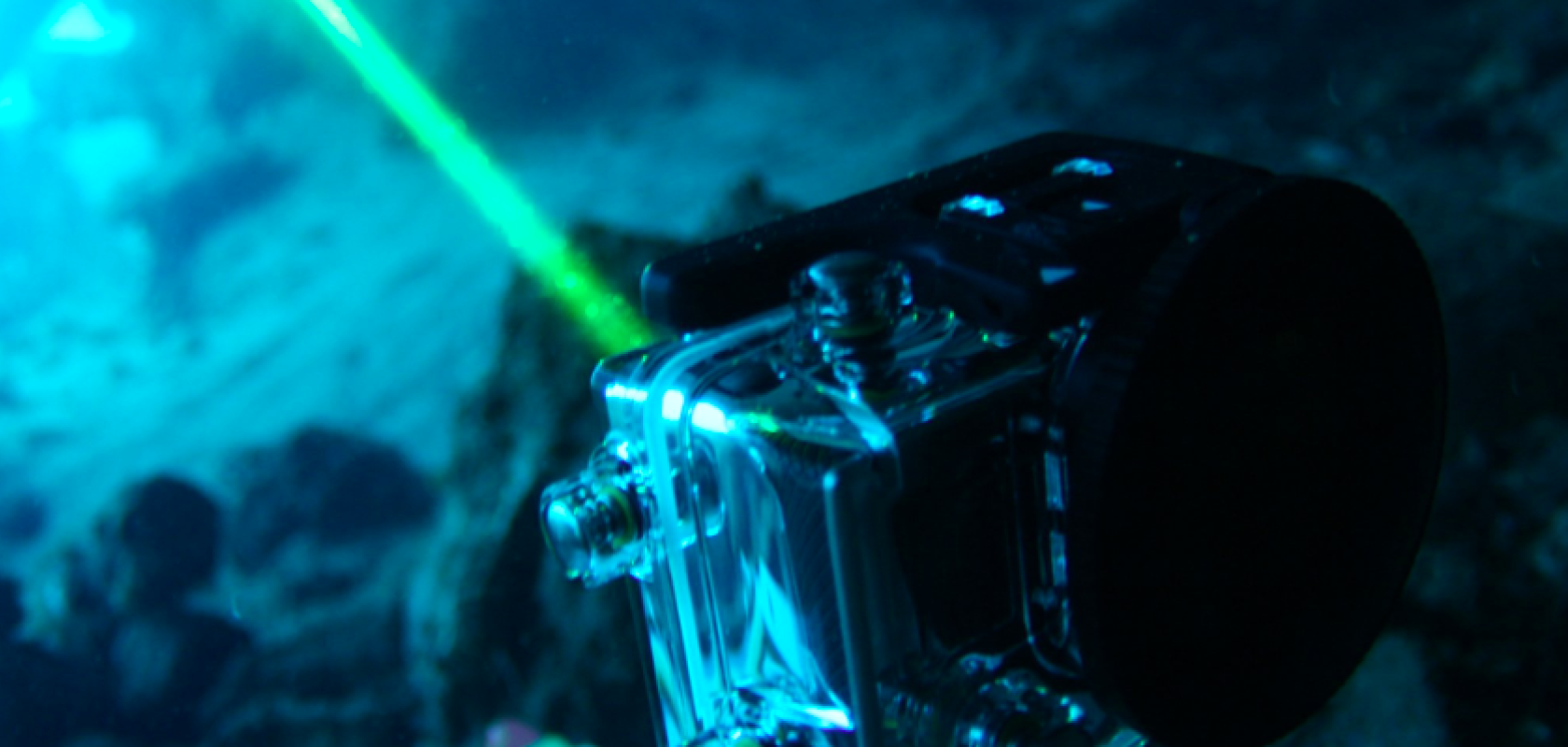From aerospace and satellites to cryptography and medical imaging, photonic communications is an area with a growing expanse of applications.
Now, research conducted at the VISAT Engineering College for Electronics and Communication has analysed how advancing ocean communication is better using photonic technology, leveraging light to transmit data underwater, offering significant advantages over traditional acoustic methods.
The reflections, detailed in Educational Administration: Theory and Practice, explored how such technologies can advance current communication methods to advance efficient marine operations.
What’s below the surface of photonic communication?
“The technology designed for underwater data transmission, especially within photonic communication, utilises light to convey information through water. This approach involves optical signals, often laser-based, that encode and transmit data,” explained Professor Naeema Nazar, lead author of the paper. ”The key principle is the propagation of light waves through the aquatic environment, where the signal interacts with particles in the water.”
The technology Nazar refers to is the use of photonic communication in marine environments, which can be useful for a multitude of marine activities, such as scientific research and environmental monitoring to underwater exploration and naval operations.
It works by using a rapidly blinking light source, such as a laser or LED, to transmit information underwater. Typically, these light patterns are detected by a sensor or camera on the receiving end, which decodes them back into the original information.
Such communication systems are capable of transmitting large amounts of data over short ranges more efficiently than traditional acoustic methods, providing higher data rates and reduced latency.
What issues can occur with underwater photonic communication?
The transmission effectiveness of underwater photonic communications is influenced by the water’s optical properties, such as absorption and scattering. To minimise these effects, blue-green wavelengths are typically selected, as they are less absorbed by water, enabling the signal to travel greater distances.
Nazar commented: “In my experience, overcoming the challenges of underwater communication has required several key innovations. For instance, advanced modulation techniques play a crucial role by enhancing the robustness of the signal, which helps to mitigate issues like signal attenuation and scattering. Another important development is adaptive optics, a technology that corrects distortions in the light signal that occur due to water movement or changes in temperature, ensuring clearer and more reliable communication.”
Such techniques are key for mitigating effects such as absorption, scattering and turbulence, and scientists have a range of techniques that can be employed in various situations.
Continuing in this stream of thought, Nazar added: “Additionally, hybrid systems have proven to be very effective. By integrating photonic communication with acoustic or radiofrequency methods, these systems can achieve longer transmission ranges while still maintaining high data rates for certain parts of the transmission.”
What does real-world integration of this technology look like?
Even if we are able to adapt to environmental factors to make underwater communications effective, there is the question of integration of these innovations.
On the potential opportunities for integration, Nazar said: "I've seen photonic technology successfully applied in various fields, and there are some notable examples that stand out. For instance, in oceanographic research, photonic communication systems have been used to enhance data buoys, allowing them to transmit large amounts of high-resolution data, such as temperature, salinity, and current measurements, to research vessels quickly and efficiently."
She continued: "In military operations, photonic technology has been deployed in secure underwater communication networks for submarines. The use of photonics enables high-speed, covert communication that is difficult to intercept, which is crucial for maintaining stealth during operations."
Though these are just two examples, there are evidently many avenues for this technology to expand in to and subsequently benefit.
How can we understand how successful the communications are?
When evaluating the effectiveness of photonic communication systems in underwater environments, several key performance metrics are considered. One of the most critical metrics is the bit error rate (BER), which measures the accuracy of the transmitted data.
Nazar explained: “A lower BER indicates that the system is successfully transmitting data with minimal errors, which is crucial for reliable communication. Other important metrics include data rate, range, power efficiency, and latency. Photonic systems typically offer higher data rates and lower latency compared to traditional acoustic methods, though they may require careful management regarding range and power usage.”
What’s next in this area of science?
But one thing is seemingly clear. From integrated photonic circuits to quantum photonics, and even the implantation of AI and machine learning in underwater photonic communication, there appears much to be excited about for researchers.
Looking ahead, Nazar said: “From what I've seen in the field, current research in photonic technology for ocean communication is really pushing the boundaries of what's possible. One exciting area is optical wireless communication (OWC), where researchers are working on enhancing the range and reliability of these systems underwater. This includes developing multi-beam systems that can reduce the impact of scattering and ensure more consistent data transmission.”
Noting other trends, Nazar added: “Some researchers are exploring bioluminescence-inspired systems. These systems could mimic natural light sources found in the ocean, potentially offering a more stealthy and energy-efficient way to communicate underwater, particularly in military applications.”
Research suggests that it is very much an area that will continue to evolve, opening up new possibilities for secure, efficient, and high-speed communication in underwater environments – building on already-existing applications. Continued scientific interest is what will make this possible.


